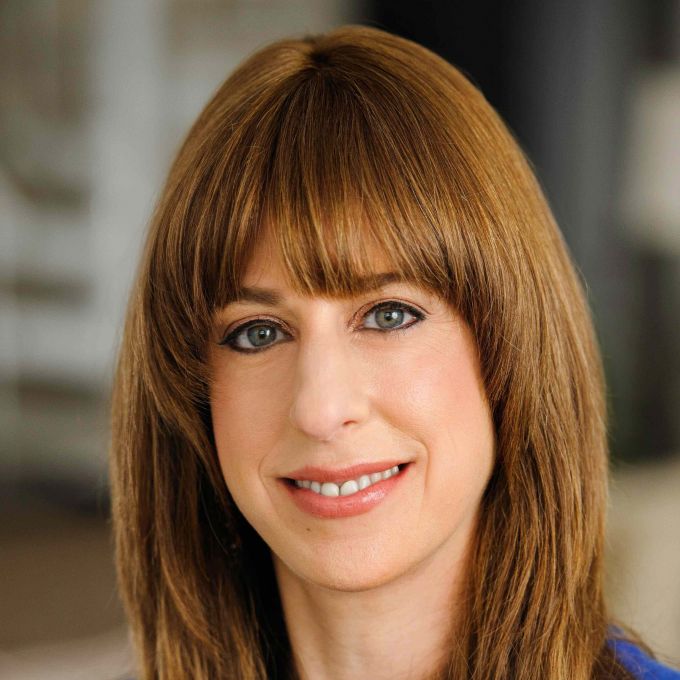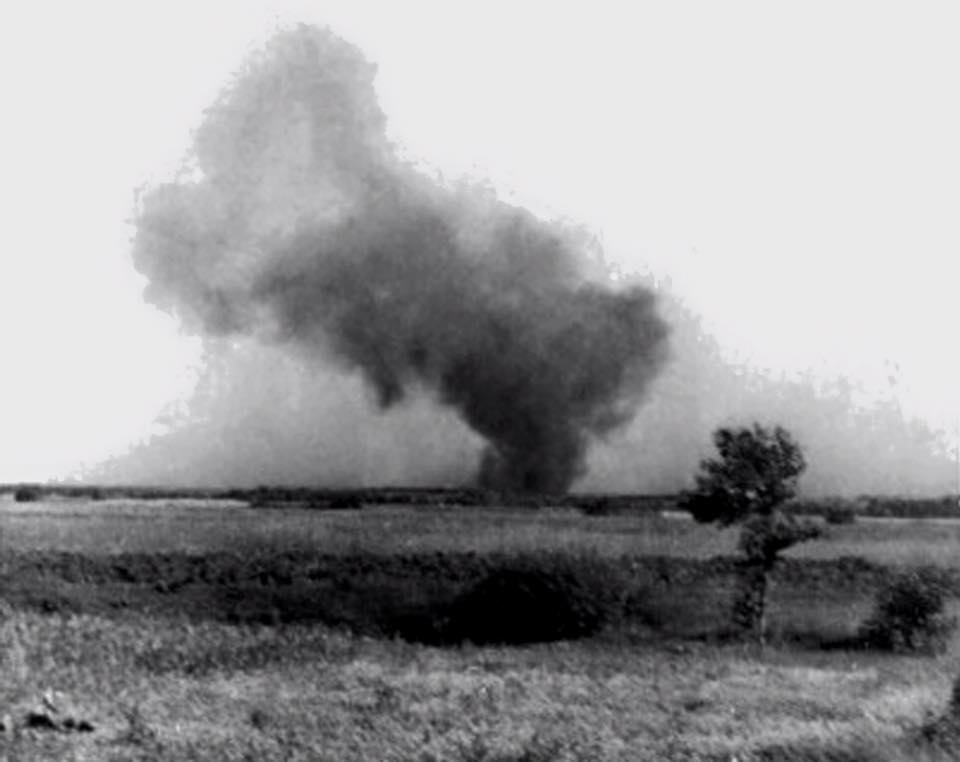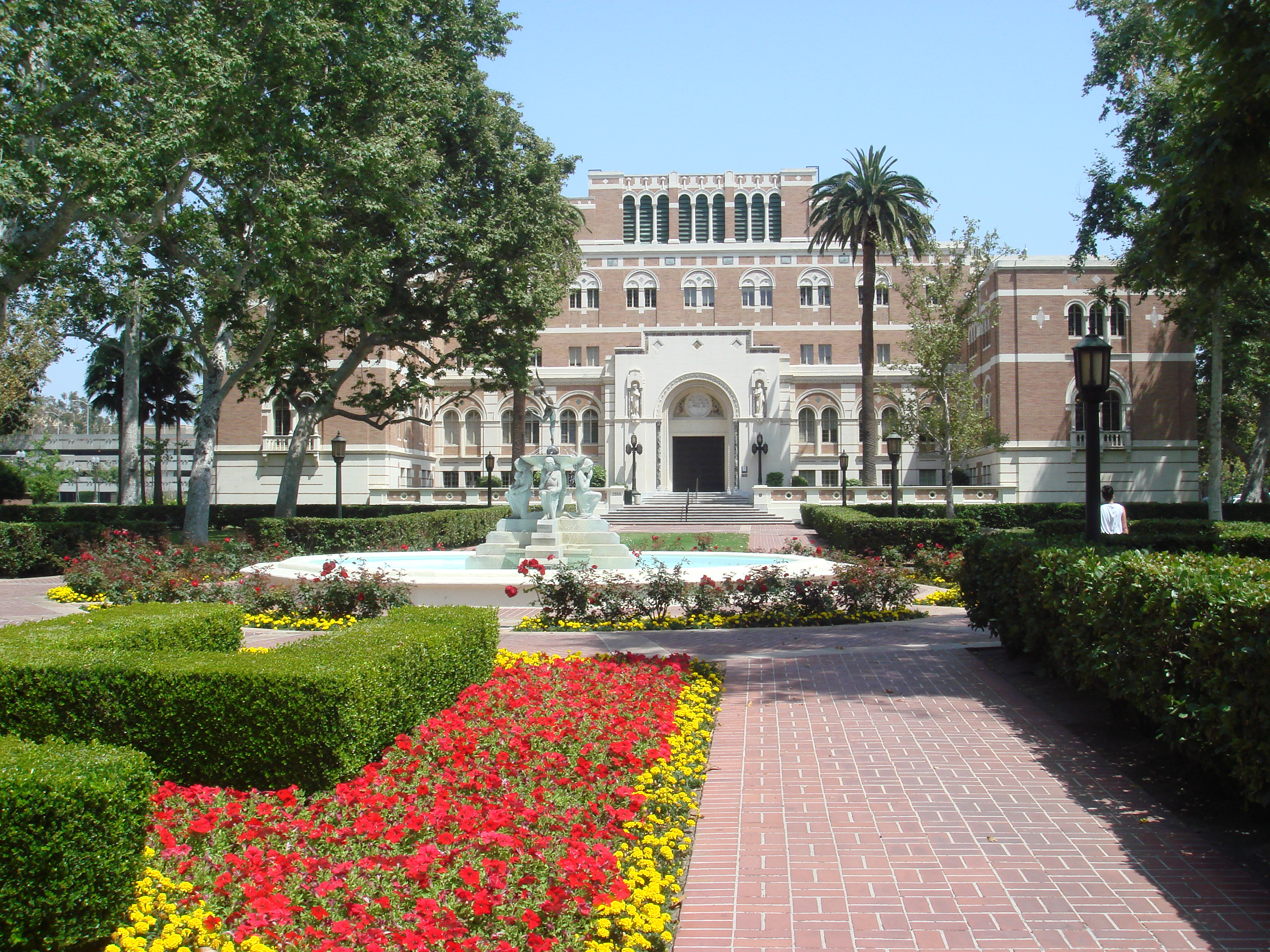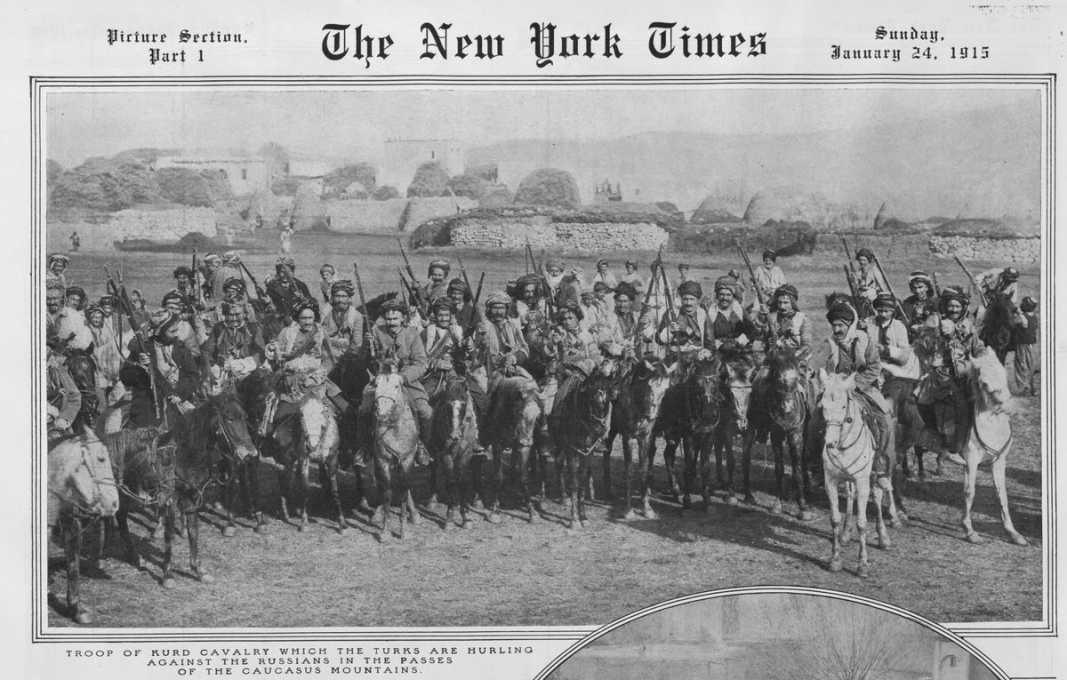Opinions
My Reluctant Encounter With the USC Shoah Foundation Visual History Archive
I never intended to spend months listening to Holocaust testimonies.
My name is Chaya Nove, I am a sociolinguist working on a doctoral dissertation about language change in Yiddish vowels…
Monday, November 30, 2020
My Reluctant Encounter With the USC Shoah Foundation Visual History Archive
I never intended to spend months listening to Holocaust testimonies.
My name is Chaya Nove, I am a sociolinguist working on a doctoral dissertation about language change in Yiddish vowels…
Monday, November 30, 2020
Testimonies and Resistance at Treblinka: Reflections from 2020-2021 Breslauer, Rutman, and Anderson Research Fellow Chad Gibbs
My recent stay at the USC Shoah Foundation Center for Advanced Genocide Research has been one of the most rewarding experiences of my academic career. From the remarkable power and content of…
Wednesday, November 11, 2020
Testimonies and Resistance at Treblinka: Reflections from 2020-2021 Breslauer, Rutman, and Anderson Research Fellow Chad Gibbs
My recent stay at the USC Shoah Foundation Center for Advanced Genocide Research has been one of the most rewarding experiences of my academic career. From the remarkable power and content of…
Wednesday, November 11, 2020
A USC student was told her Zionism ‘made her complicit in racism’ — Read the OpEd by Stephen Smith
Read our executive director's opinion in the Forward.
Thursday, September 3, 2020
A USC student was told her Zionism ‘made her complicit in racism’ — Read the OpEd by Stephen Smith
Read our executive director's opinion in the Forward.
Thursday, September 3, 2020
A USC student was told her Zionism ‘made her complicit in racism’ — Read the OpEd by Stephen Smith
Read our executive director's opinion in the Forward.
Thursday, September 3, 2020
Testimonies and the Socioeconomic Aspects of the Armenian Genocide: Reflections from 2019-2020 Junior Postdoctoral Research Fellow Mehmet Polatel
As a postdoctoral research fellow at the USC Shoah Foundation Center for Advanced Genocide Research in the 2019-2020 academic year, I carried out a research project focusing on the long-term impact…
Monday, August 31, 2020
Testimonies and the Socioeconomic Aspects of the Armenian Genocide: Reflections from 2019-2020 Junior Postdoctoral Research Fellow Mehmet Polatel
As a postdoctoral research fellow at the USC Shoah Foundation Center for Advanced Genocide Research in the 2019-2020 academic year, I carried out a research project focusing on the long-term impact…
Monday, August 31, 2020
Beyond words: Reflections from 2020 Lev Student Research Fellow Rachel Zaretsky
I had the opportunity to research the USC Shoah Foundation's Visual History Archive this past summer thanks to the Beth and Arthur Lev Student Research Fellowship. I was initially introduced to the…
Monday, August 31, 2020




